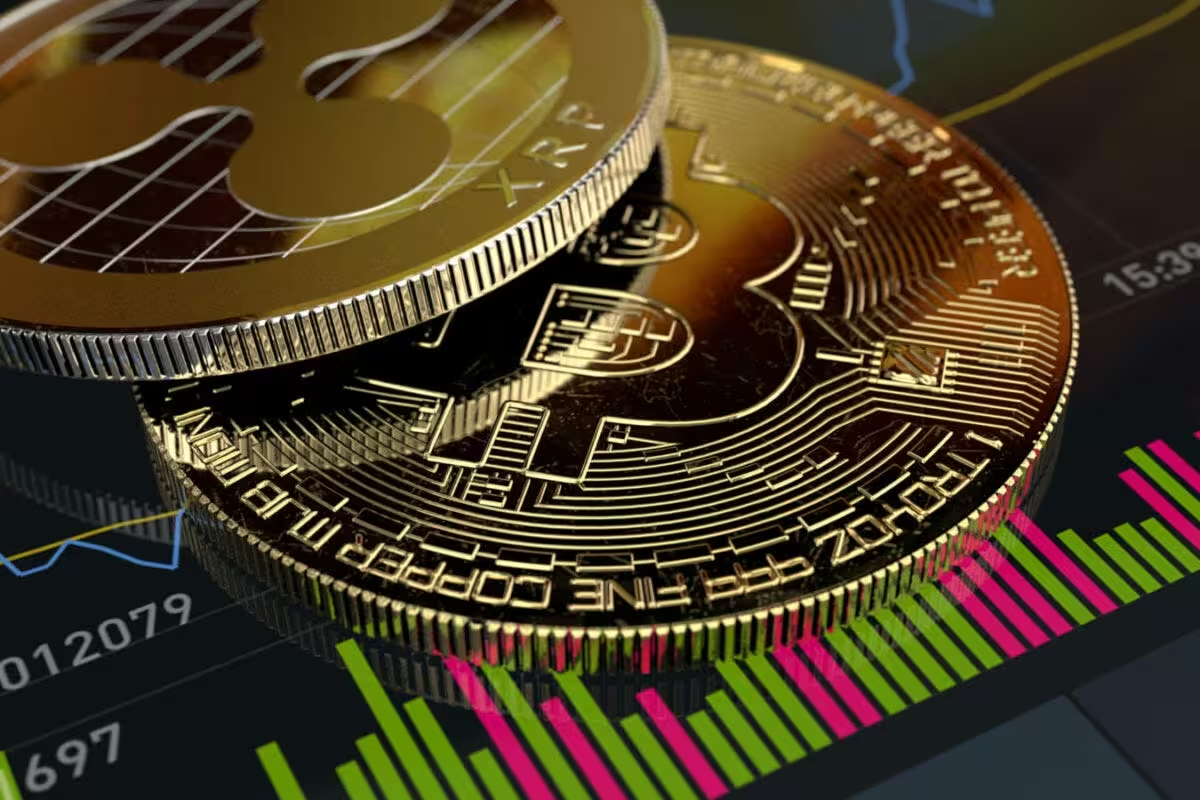Crypto Adoption in Traditional Finance: A 2024 Perspective
In 2024, the world of finance is seeing a big change. Cryptocurrencies and blockchain technology are starting to be used more in traditional finance. This means that old systems like stock exchanges, banks, and insurance companies are finding new ways to use this technology. It’s an exciting time as these changes could make financial services … Read more







